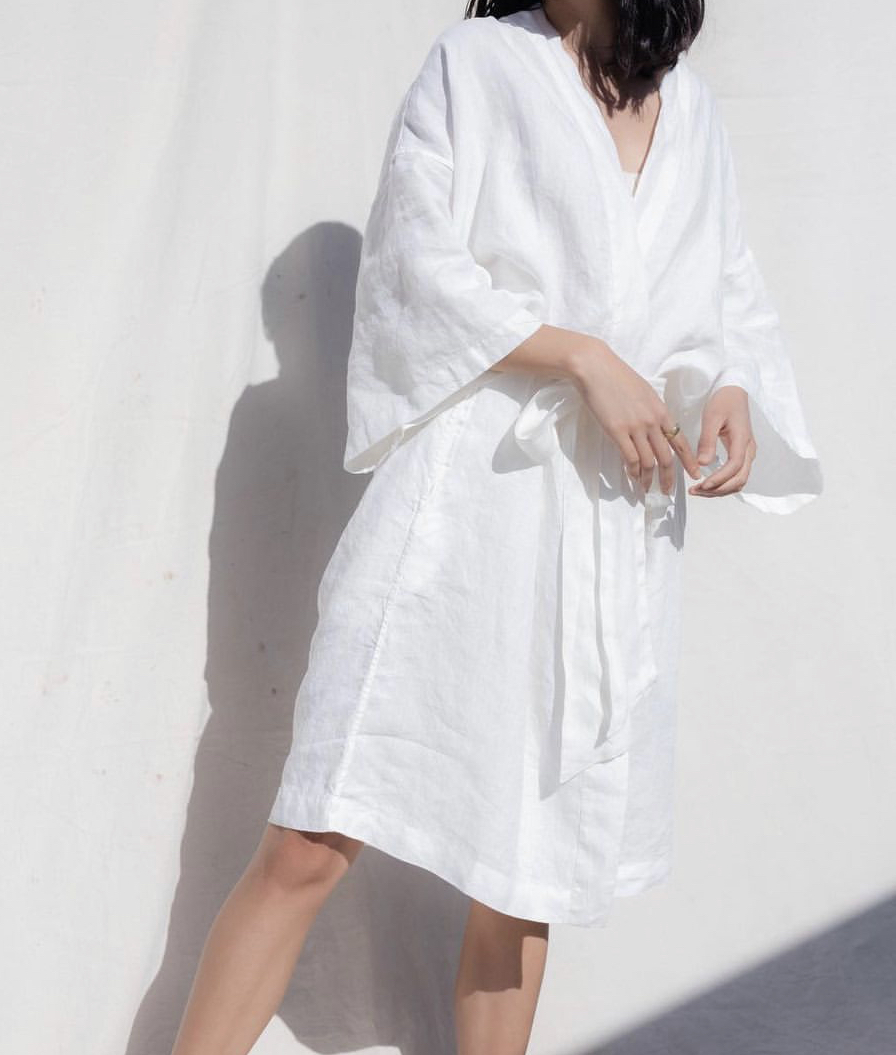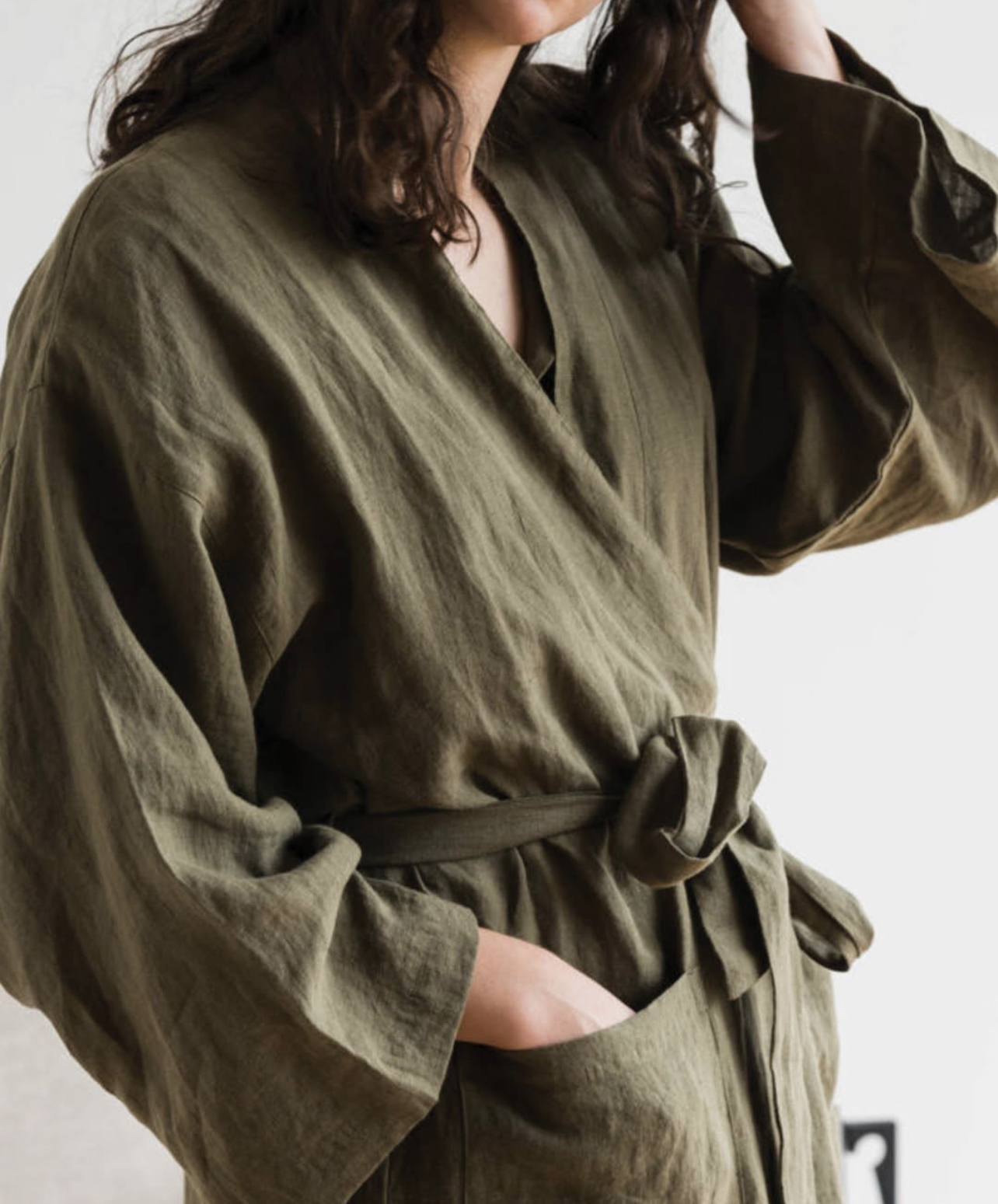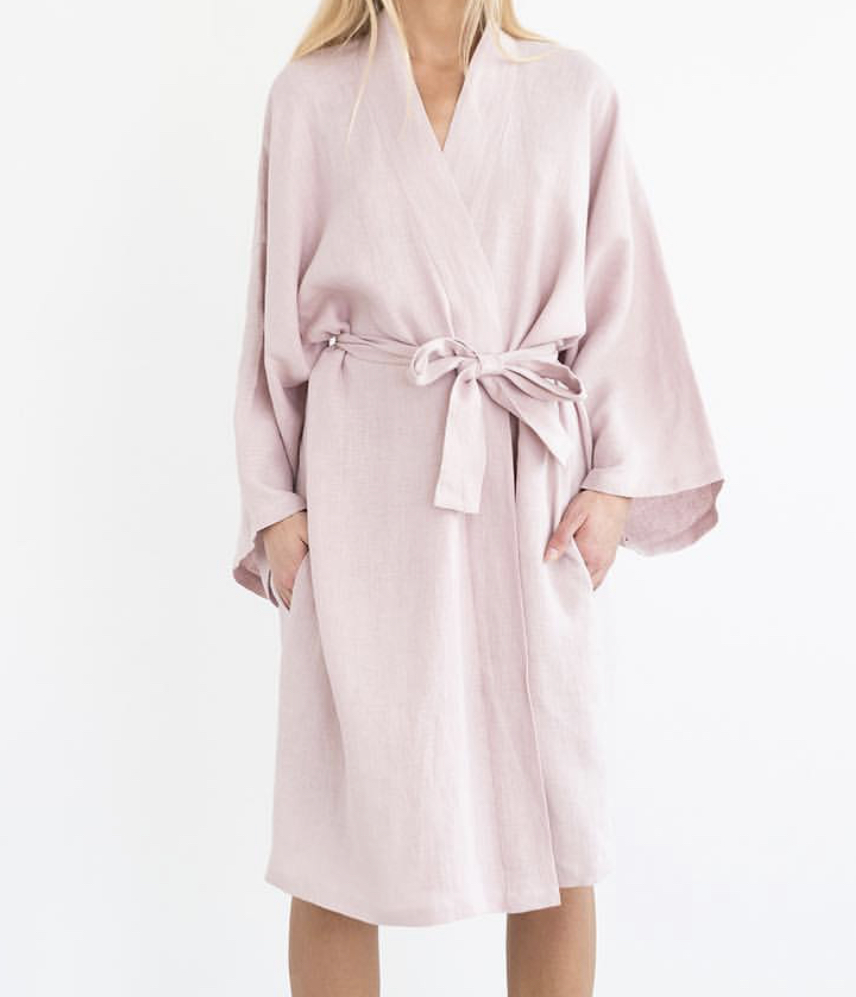china 100cotton napkin towel – soft, absorbent, eco, bulk
Oct . 19, 2025 11:25 Back to list
china 100cotton napkin towel – soft, absorbent, eco, bulk
What buyers really ask about the china 100cotton napkin towel segment
I spend a lot of time with textile buyers and factory managers, and—surprisingly—napkin towels come up more than you’d think. Restaurants want durability, home brands want a softer hand-feel, and everyone wants fewer laundry headaches. One supplier I’ve tracked, based at Room 201, Yijiang Building, Zhonghua Street 485, Shijiazhuang City, makes premium linens (their women’s robe line is OEKO‑TEX certified) and leverages the same quality systems for cotton napkin towels. Different product category, sure, same disciplined process.

Industry snapshot: brisk hospitality demand, quieter retail
Catering and mid-scale hospitality are buying more 200–240 gsm cotton napkin towels, usually in bleach-safe whites. Retail is picking up textured weaves and muted earth tones. To be honest, lead times are still sensitive to raw cotton prices, but vertically integrated mills keep it stable.
Real-world spec sheet (typical)
| Material | 100% cotton, long‑staple, ring-spun |
| Weave | Plain or twill; sateen for premium lines |
| GSM | ≈ 180–240 gsm (hospitality sweet spot ≈ 210 gsm) |
| Sizes | 40×40 cm, 45×45 cm; custom on request |
| Finish | Double-stitched hems, enzymatic softening |
| Color fastness | ISO 105-C06 grade 4–5 (lab); real-world use may vary |
| Service life | ≈ 150–200 industrial wash cycles |

Process flow (how quality actually happens)
Cotton selection → combing/ring-spinning → weaving (plain/twill) → desizing & scouring → bleaching/dyeing (reactive) → sanforization → cut & sew → hemming → 100% inspection → carton & pallet. Testing includes GSM (ISO 3801), tensile (ISO 13934‑1), dimensional stability (ISO 5077), absorbency (AATCC 79), and color fastness (ISO 105 series). A bit nerdy, I know, but this is where lint control and shrinkage are won or lost.

Lab numbers buyers asked me for last week
- Absorbency time: ≤ 4 s (AATCC 79)
- Tensile strength: warp ≈ 600–750 N; weft ≈ 450–600 N (ISO 13934‑1)
- Shrinkage: ≤ 3% after 3× 60°C washes (ISO 5077)
- OEKO‑TEX Standard 100 class I options available
The same mill also runs OEKO‑TEX-certified linen apparel—see their “OEKO‑TEX soft breathable pink 100% flax linen x 170gsm organic robes for women.” Different fiber (flax linen, 170 gsm), same compliance discipline. Many customers say that’s reassuring.

Use cases and quick anecdotes
- Mid-range hotel group switched to china 100cotton napkin towel sets at 210 gsm; reported 12% lower replacement rate over two quarters.
- Farm-to-table restaurant opted for twill weave in natural beige; fewer visible creases post-press, staff loved the hand-feel.
- Homeware brand layered embroidery; MOQ was modest, color consistency held up across 5,000 sets—always a relief.

Vendor comparison (my short list, not gospel)
| Vendor | Strengths | Certs | MOQ/Lead Time | Notes |
|---|---|---|---|---|
| LinenHomeTex (Shijiazhuang) | Stable QC, strong dyehouse partners | OEKO‑TEX; in-house QA | MOQ ≈ 500–1,000 sets; 25–35 days | Good for china 100cotton napkin towel customs |
| Trading House B | Flexible sourcing | Varies by mill | MOQ ≈ 1,500+; 30–45 days | Better for price hunts |
| Importer C (Local) | Stock on hand | Basic | MOQ low; immediate | Limited customization |

Customization checklist
- Weave/GSM: 180–240 gsm; plain for crisp fold, twill for drape
- Colors: reactive-dyed, bleach-safe whites; Pantone lab dips
- Branding: embroidery, woven labels, corner loops
- Packing: bulk for hospitality; retail belly-bands for D2C
If you’re sampling china 100cotton napkin towel SKUs, ask for shrinkage and absorbency data alongside hand-feel swatches. Sounds basic, but it saves rounds of back-and-forth.
Citations:
- OEKO‑TEX Standard 100 criteria and testing procedures.
- ISO 105‑C06: Tests for colour fastness to domestic and commercial laundering.
- ISO 13934‑1: Textiles—Tensile properties of fabrics—Strip method.
- AATCC 79: Absorbency of Textiles (capillary).
-
Durable and Sustainable Sets of Bedsheets and Curtains | Global Textile Trends 2024
NewsNov.24,2025
-
Organic Curtains | Sustainable Window Treatments for Healthier Homes
NewsNov.23,2025
-
Elevate Hotel Comfort & Efficiency with Blackout Curtain Rode Hotel Solutions
NewsNov.22,2025
-
Explore White Design Luxury Window Curtains for Elegant and Sustainable Living
NewsNov.22,2025
-
Curtain Fabric for Hometextile: Sustainable Choices for Style & Function
NewsNov.21,2025
-
100% Organic Linen Baby Crib Set â Linen Home Textile|Hypoallergenic&Breathable
NewsNov.21,2025
